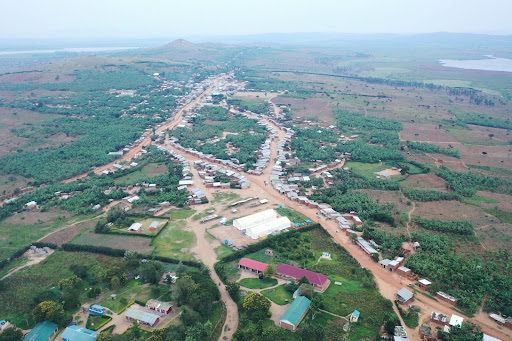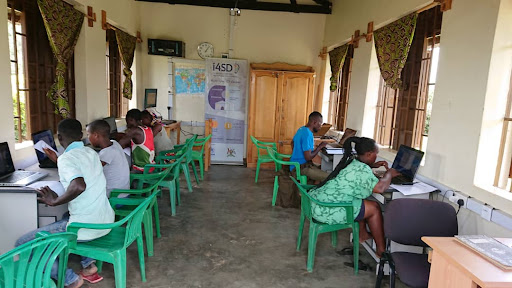Q&A with the Winners: Joaquin Aviles Lopez
In this Q&A, Joaquin Aviles Lopez talks about his team’s solution — “Aggregating Energy & Connectivity in Rural Africa – ICT Hub Model – Case Study Nakivale, Uganda” — which won 2nd Place, Business Model Proof of Concept in the 2021 Connecting the Unconnected Challenge.
- Please summarize your winning solution

The Urban/Rural Connectivity Gap is still very prevalent worldwide (72% vs 37% household access to the internet). This gap dramatically increases in Africa (28% vs 6%) and it’s even worse in sub-Saharan Africa according to ITU statistics from 2018.
There are many obvious factors that contribute to this, especially the lack of infrastructure investment and commercial viability of service provision in rural areas. One key factor that explains this gap is the lack of access to stable electricity.
In i4SD (Infrastructure for Sustainable Development), we see this gap as an opportunity to aggregate service provision in rural areas and explore innovative and unconventional business models that can lead to a breakthrough in access to both electricity and connectivity:
The main interventions proposed are as follows:
- Provide strong and stable infrastructure (additional power, broadband connectivity, local server) to an existing Youth Center so it can be a true innovation hub.
- Making it a Digital Hub with the support of local entrepreneurs and access to digital content and relevant vocational training courses.
The area for this intervention was Rubondo, within the Nakivale Refugee Settlement in Uganda. Rubondo is an area with more than 30,000 refugees and is continuously growing due to the influx of new refugees from the Democratic Republic of the Congo (DRC). It is a densely populated area but is far from base camp and the main electricity grid connection (about 15 km).
- What is the most unique/innovative aspect about your approach?

Aggregating demand in off-grid areas (schools, health facilities, government, and NGO facilities) and aggregating services (electricity, connectivity, and electric mobility).
Ultimately, we would like to be a “District Infrastructure Provider” with energy and connectivity as the main focus for provision of last mile infrastructure, including operations and maintenance services. These contracts could be structured with performance-based models and co-funded with public sector investments.
- What did you enjoy most about the Connecting the Unconnected (CTU) Competition and Summit program?
Being part of the CTU network with so many talented colleagues and organizations doing amazing work. Also having access to mentors and larger organizations that can advise and support our growth.
- What new work have you done since the 2021 CTU Summit? Did you invest your winnings into the project?
Yes, we have continued to invest in the project. The ICT center is offering free vocational training courses to the youth in the area, and we have extended electrical connections to a nearby health center and a few more institutions in the area.

We are also setting up a local wifi network and a battery charging facility for e-bikes and e-motorcycles as an income generation activity.
- What is your estimate of the number of people impacted by your program?
Around 1,500 direct beneficiaries and 15,000 indirect (using health center and other facilities).
- Anything else you would like to share?
We are very grateful to the IEEE and especially the CTU team who gave us this opportunity and continue to support us and keep us connected to the network. We also want to acknowledge the invaluable support form our mentor Ed Knapp from American Tower who has been constantly in touch with us and advising on strategies for scaling this model.
We are hoping to replicate this model in other locations in Uganda, Rwanda, Tanzania and DRC during 2023.


